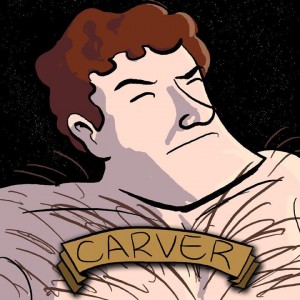For those who hate seeing ads and/or those who would like to financially support this network of blogs, Jason Thibeault at Lousy Canuck has set up a system that will give you ad-free access by purchasing a subscription.
The rates are $3 for a 30-day subscription, $8 for 90-day subscription, and $30 for a 365-day subscription and one subscription applies to all the blogs at FtB.
If you are not already signed into a valid user account, you’ll be sent to the Login page, where you can pick one of the options: to sign into a third party authorizing service like Yahoo or Google; connect with your WordPress.com blog account; or click the Register link underneath all of it to sign up for a local user account.
There is the slim possibility that you might have difficulty getting to that dashboard page if you are an existing user and don’t already have access. If we get a lot of reports of this, Jason will take measures to automatically add all the user accounts to that main dashboard, but you should be able to get there by default regardless of when or where you signed up.
One of the limitations so far is that this service only uses Paypal, which does unfortunately exclude some people from being able to participate. Jason will be attempting to integrate other payment gateways as his limited time allows. This work is done by him on a volunteer basis in addition to all the other things he does, so please have patience if it takes some time.
If there are bugs, please report them directly to Jason by clicking here.


